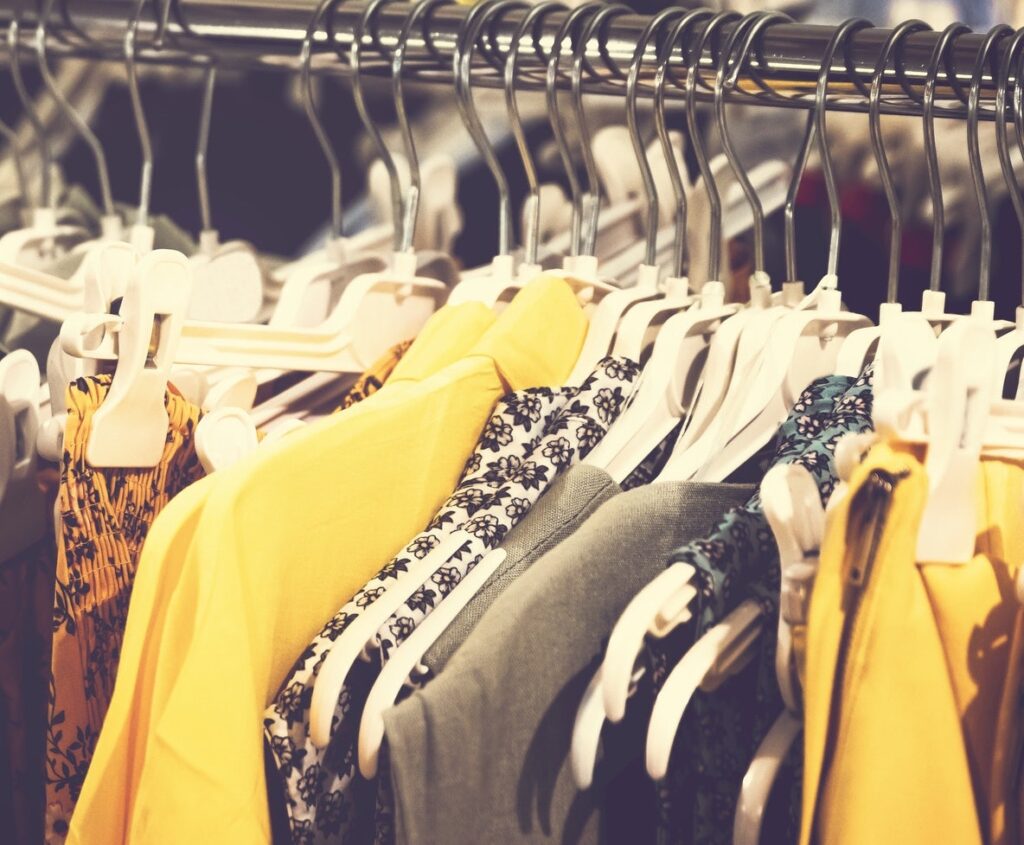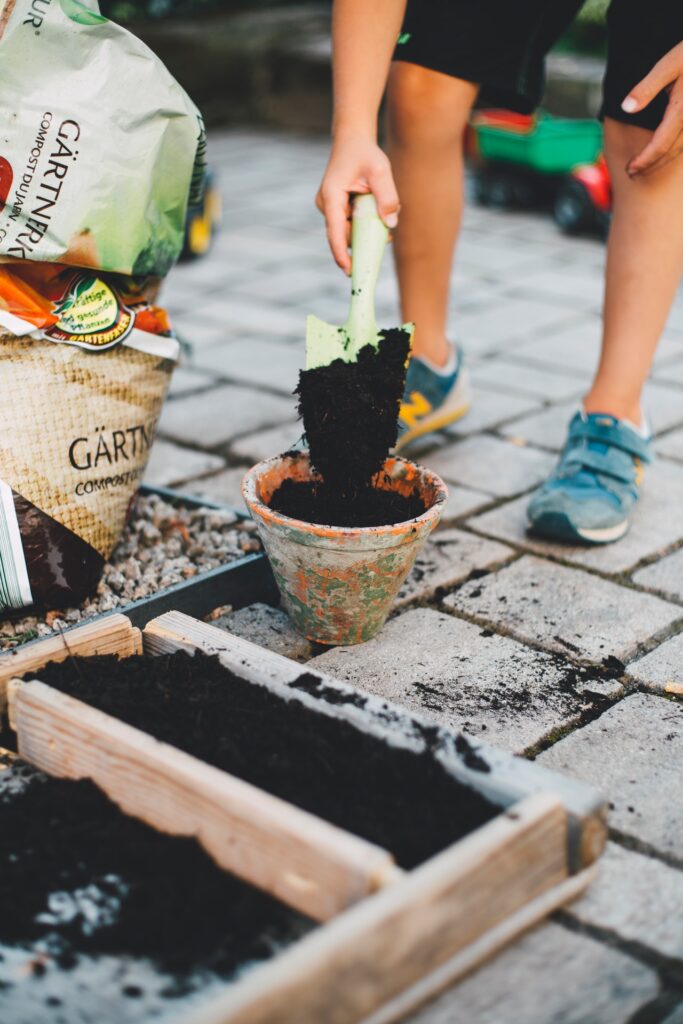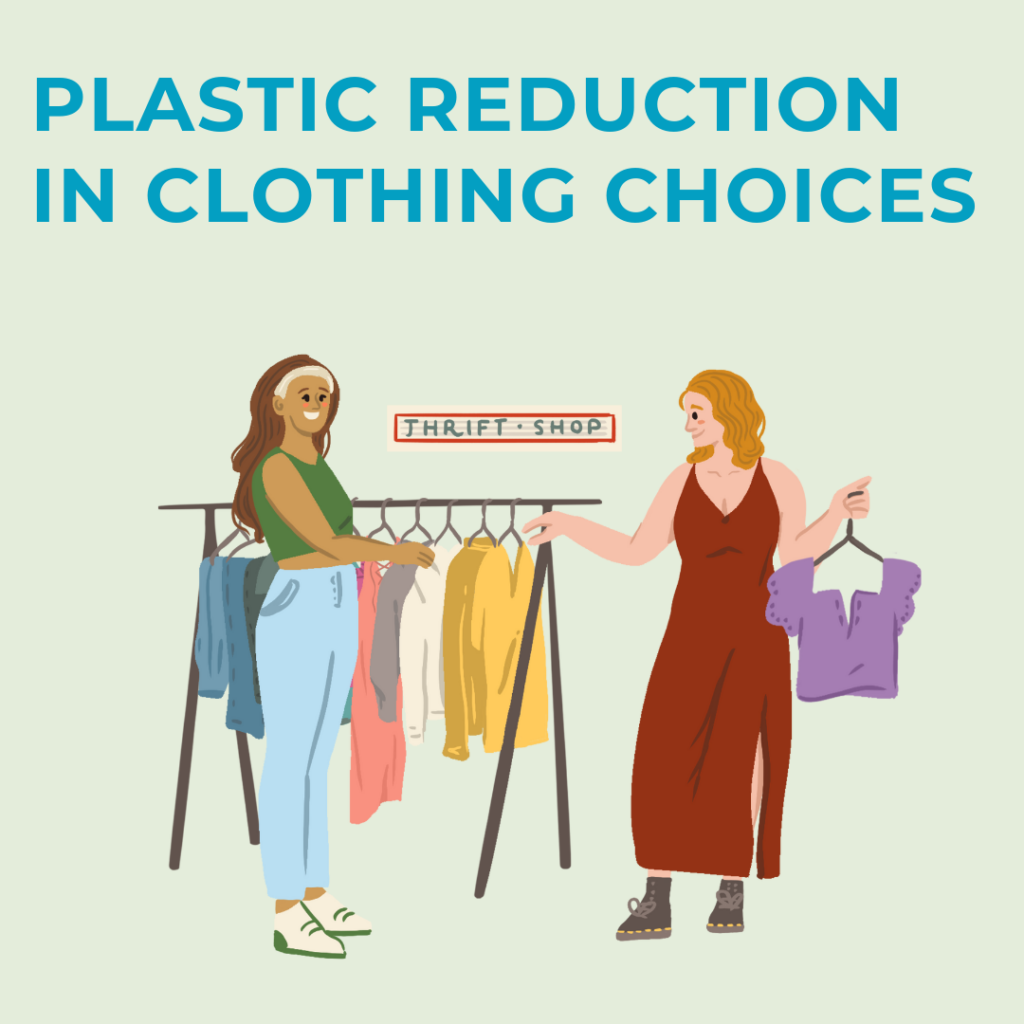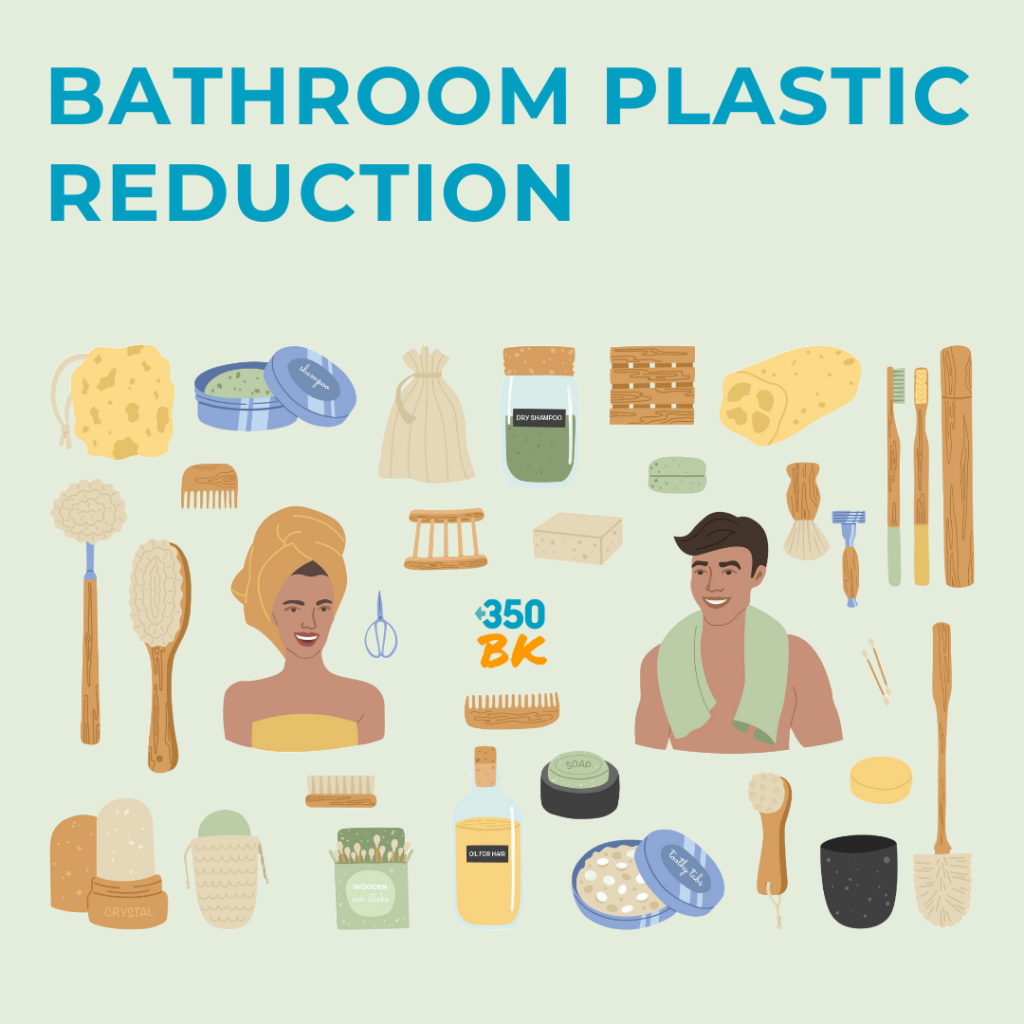Recycling in Brooklyn: A Short Guide
A city of convenience
Living in Brooklyn affords us plenty of opportunities to reduce our carbon footprint—like a public transit system and sharing community outdoor space—but all this convenience can lead us to generating as much or even more waste than our suburban and rural counterparts. If you walk into a grocery store, it’s hard not to notice the aisle of pre-cut fruit in plastic containers, plenty of single-use bottles, and the un-recyclable plastic bags for bulk items.
In this article we’ll revisit why recycling is so important, key recycling information, where your recycling goes in Brooklyn, and what happens after. A point to make before we begin: this is all with the assumption that we’ve made all efforts we could to both reduce consumption of, and reuse, materials that need to be recycled. Onward!
Why it’s important to recycle
Though you probably know why that’s important, it’s nice to get a small reminder of the stakes: 99% of plastic comes from fossil fuels, making its production one of the biggest contributors to the climate crisis. Single-use plastics like bottles, straws, bags, and utensils stick around long after you use them and break down into microplastics. Production of materials like glass, cartons, and aluminum all take energy as well, but of course, have a much more successful recycling rate. In fact, if you’re going to make a purchase, please buy it in aluminum or glass!
When we go to recycle plastic, the unfortunate truth is that many plastics are too flimsy for processing or may have numbers that preclude them from curbside recycling, or additional pieces that render them unsuitable. Additionally, NYC’s recycling rate is only about 18%—and by recent estimates, that’s about HALF the rate of the national average. That means we have a lot of education to do!
Key recycling info for NYC
New York City has a unique recycling system, which as a large transplant city, creates confusion for out-of-towners and makes recycling seem unapproachable. But it really is as simple as DSNY explains on their site (see graphics here and here.)
How to recycle in NYC:
- Make sure you’re properly cleaning your recyclables, and if they can’t be cleaned, don’t contaminate your whole bag–dispose of it in the trash
- Separate your paper from your metal, glass, plastic, and cartons (cartons do NOT go in paper!)
Two extra pieces of advice:
- If plastic makes a sound when you bang it on a solid surface, it should be recyclable! This means bottles, caps, lids, takeout containers, clamshell packaging, etc. Unfortunately, no plastic bags or similarly flimsy plastic
- If you’re ever confused, there is a full list of what to recycle for residents on their site
Brooklyn’s own recycling facility
The facts on how little our city recycles can be maddening. But many things that once seemed insurmountable are now commonplace—and much of that is remedied through education and word-of-mouth.
A piece of that is understanding what happens after your recycling gets picked up, and in Brooklyn, we have the SIMS Municipal Recycling Facility in Sunset Park. Did you know that it’s the largest and most sophisticated plant for commingled residential recyclables in North America? They process 800 TONS of recyclables a day. The system follows a truly mind-blowing series of steps to get everything in the right place: after your bag’s contents are dropped in, it goes through a giant magnet to pull up any metal. Then it goes through a line of optical sorting cameras, which can identify plastic categories and send a jet of air to move out *the specific item the camera saw*.
Everything gets sorted out, packaged into bales, and then they sell that to producers. SIMS sells recycled glass aggregate, aluminum, tin, glass, and two types of recycled plastic.
Post-recycling and conclusion
Where does all that leave us? For one, knowledge is how we make better decisions as consumers–like bringing your own bulk jars, buying aluminum instead of plastic, and supporting companies who don’t use virgin plastic, for instance. Second, if you’re in a position of power at a company that produces or purchases material goods, use recycled products. There are a surprising number of ways recycled goods can be used.
There are a lot of buyers for tin, aluminum, glass, and PET 1 plastic, but what about everything else? You might think there’s nothing glamorous about recycled glass aggregate, for example. (Ok, there’s not.) But it’s all around you: in drainage and bedding across all the boroughs, in the fill used in developments, remediation, and raising site grades above FEMA flood elevations, the garden substrate on Governors Island, tree pits, and a wetland meadow in the Bronx.
We have a responsibility to plan ahead, be curious, make tough decisions, and influence choices where we can. 350Brooklyn’s Plastic Free Committee touches on many of the pieces covered in this article, as well as enacting legislation–if this is of interest to you, please volunteer with us!
Oh, and for everything else . . .
There’s plenty that we throw away that doesn’t go in the paper/plastic/metal/glass recycling or in the regular trash. See our composting page here! We also generate waste with toxic components like paint, electronics, out-of-date medicine, and thermometers. There’s a host of things that require special handling. The Department of Sanitation has made special arrangements for disposing of harmful products, such as drop off sites and special safe disposal events in each borough.










